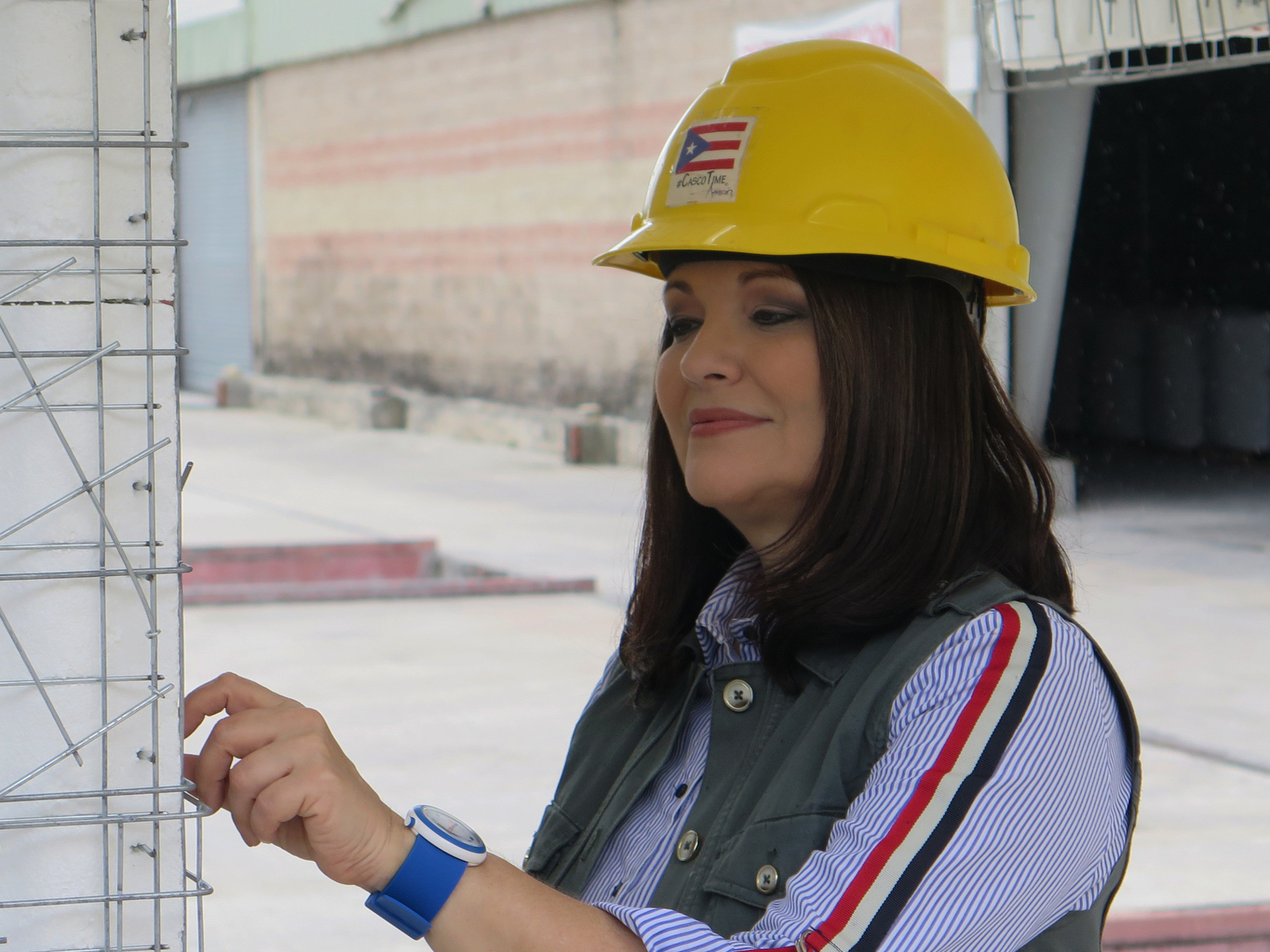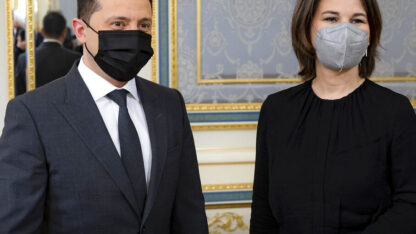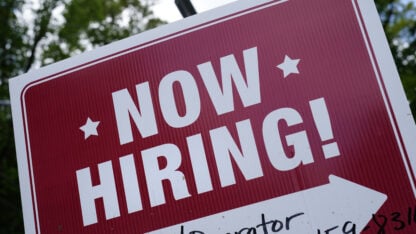In Puerto Rico, nearly two years after hurricane Maria, the need for safe, affordable housing is still a massive challenge. “We have more than a half million people affected. And we have to build, minimum, 75,000 homes, ” says Astrid Diaz, a well-known architect in Puerto Rico. She was part of a FEMA team that assessed the island’s infrastructure after the storm.
Diaz often appears on television wearing her trademark yellow hardhat, promoting her “Casa Segura-Safe Homes” campaign.
But long before the storm, she urged residents on the island to develop a disaster plan and to make their homes hurricane-resistant. Since the storm, Diaz has a new project. She’s designed a modular home, resistant to hurricane-force winds that she says can be built for $30,000. Not coincidentally, that’s the maximum amount of assistance FEMA makes available for homeowners. “I started thinking that I need to design a house for people in Puerto Rico, a house where they feel safe.”
Diaz’s new modular home is on display at a building products factory in Toa Baja, about 20 miles west of San Juan, the island’s capital. Right now it’s just a prototype, a few walls and a roof of polyurethane foam — a lightweight, economical and durable building material.
“It’s strong,” because the foam panels are covered with a galvanized steel mesh that provide structure and load-bearing capacity, she says. Once the polyurethane foam and steel panels are available on site, Diaz says, “it’s easy then to [assemble] a house in a few days.” Mortar is then applied to the exterior, adding weight and structural stability and giving it the appearance of a typical Puerto Rican home made from concrete blocks and cement.

9(MDAxODM0MDY4MDEyMTY4NDA3MzI3YjkzMw004))








